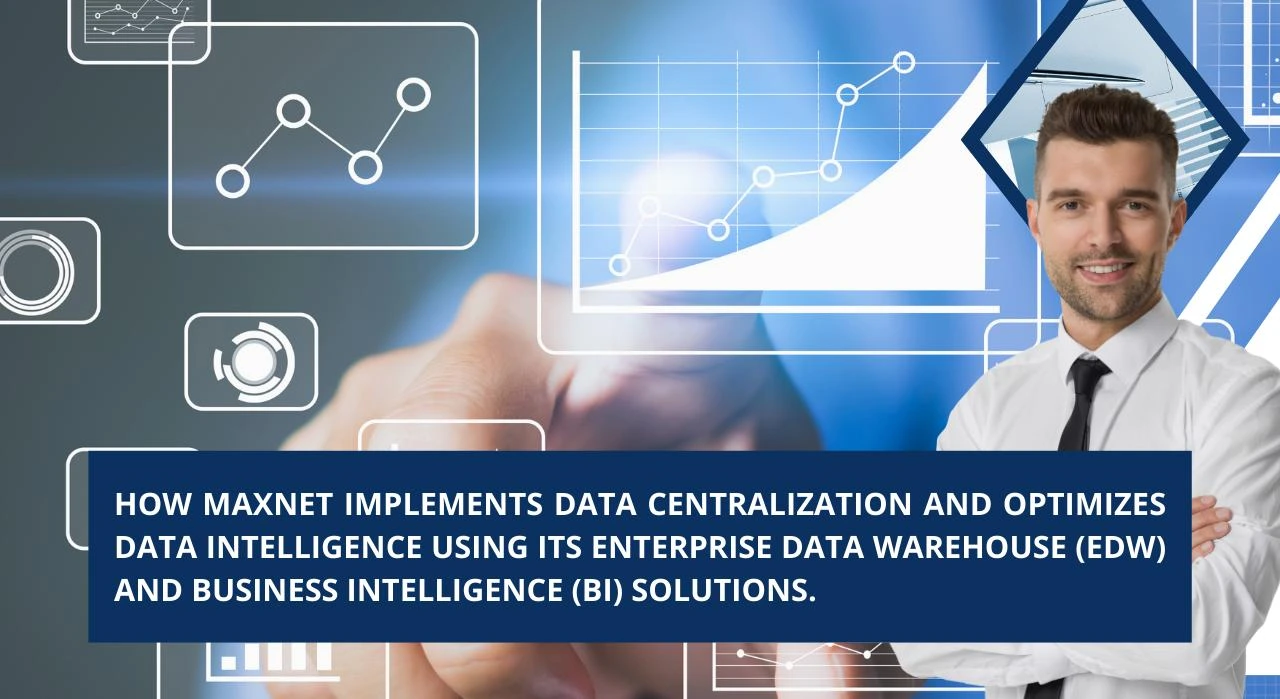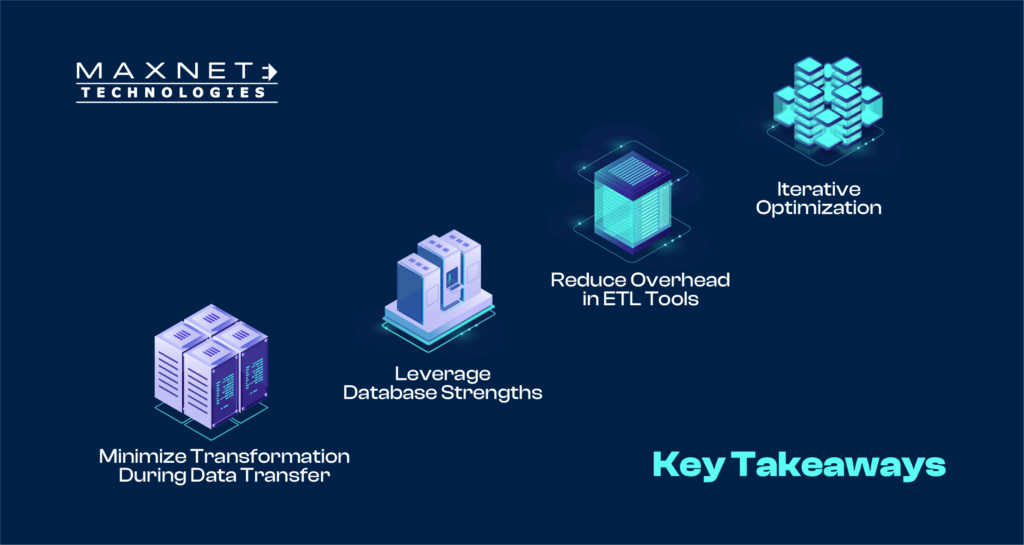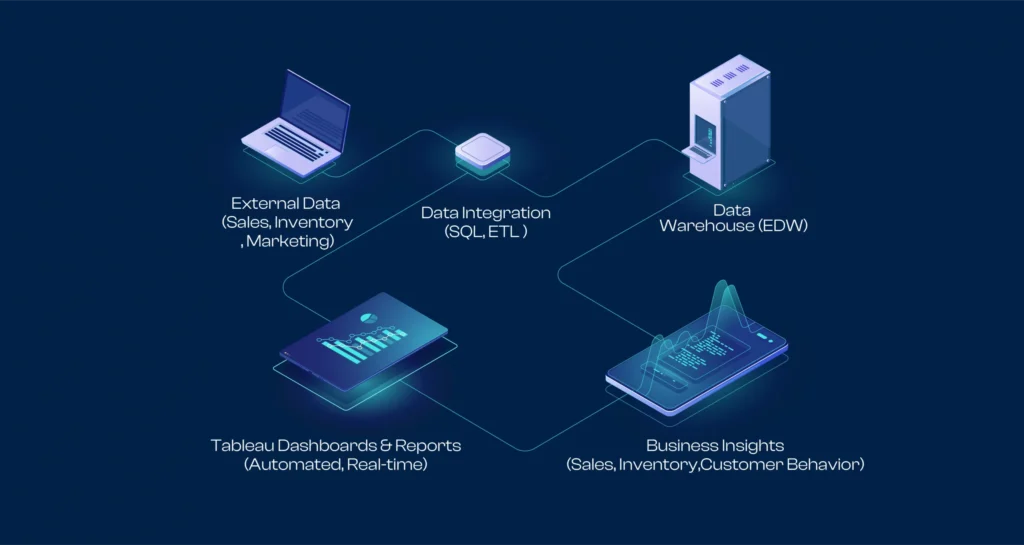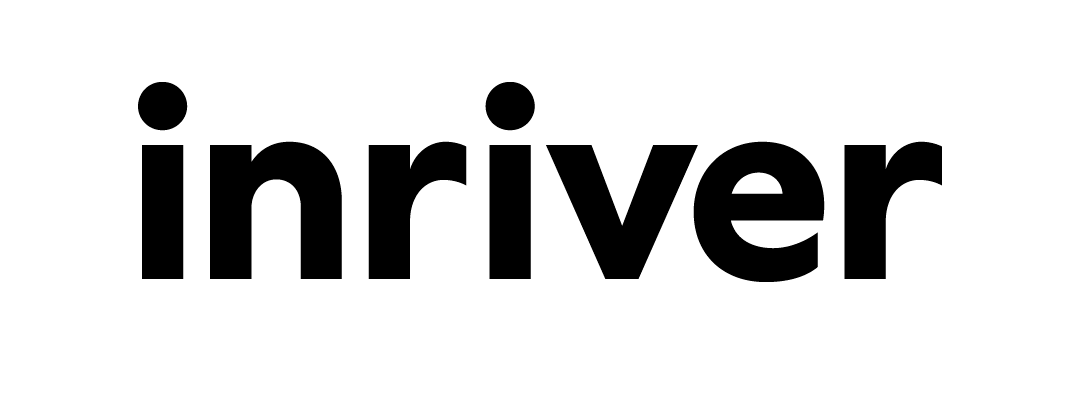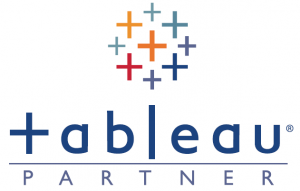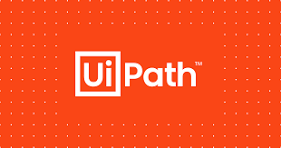Data isn’t just words and numbers – it is a powerful tool that facilitates better decision-making, improves efficiency, and shapes strategies across different sectors. This case study illustrates how Maxnet implements data centralization and optimizes data intelligence using its enterprise data warehouse (EDW) and business intelligence (BI) solutions.
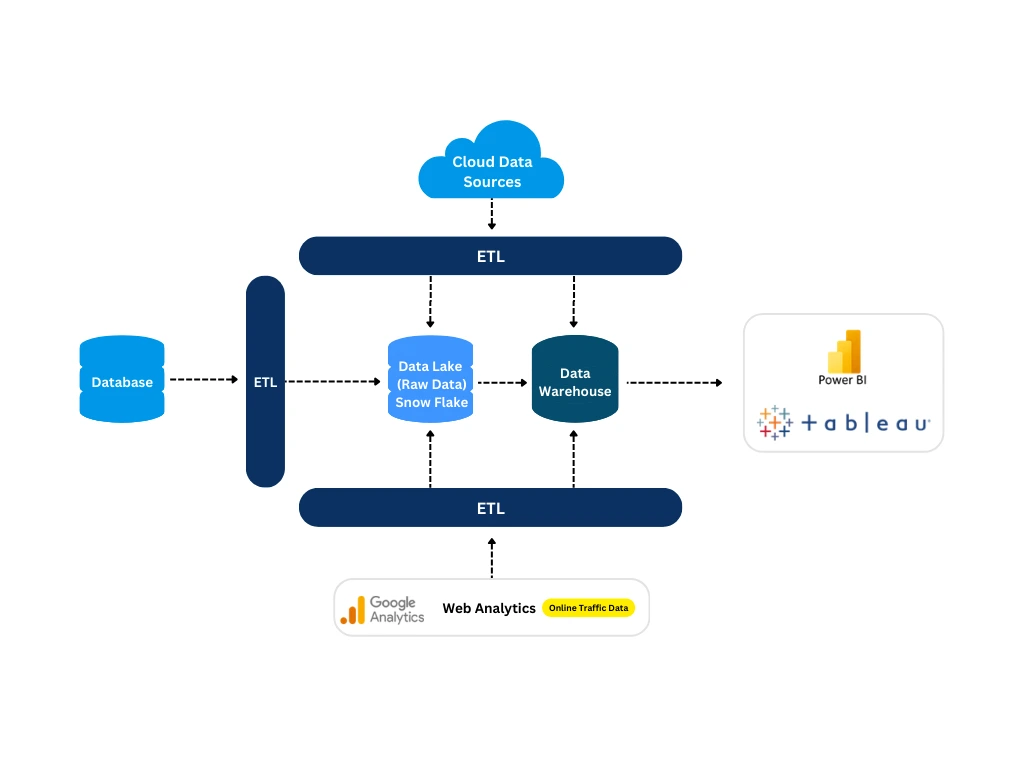
Client
- Healthcare agency that facilitates marketing and branding communication for drug companies.
- This includes communication regarding patient care, drug innovation, quality, and impact on the pharmaceutical sector.
- Our client works in close quarters with pharmaceutical companies and doctors at events, helping them shape unique ideas to fulfil patient requirements.
Overview of solutions deployed by Maxnet:
- A combination of our EDW environment with an ODS layer for seamless data transformation.
- OLAP technology and dimensional modelling
- Informatica IICS ETL tool to integrate data from multiple data sources and external systems
- SQL tools to address client’s requirements including structured data management
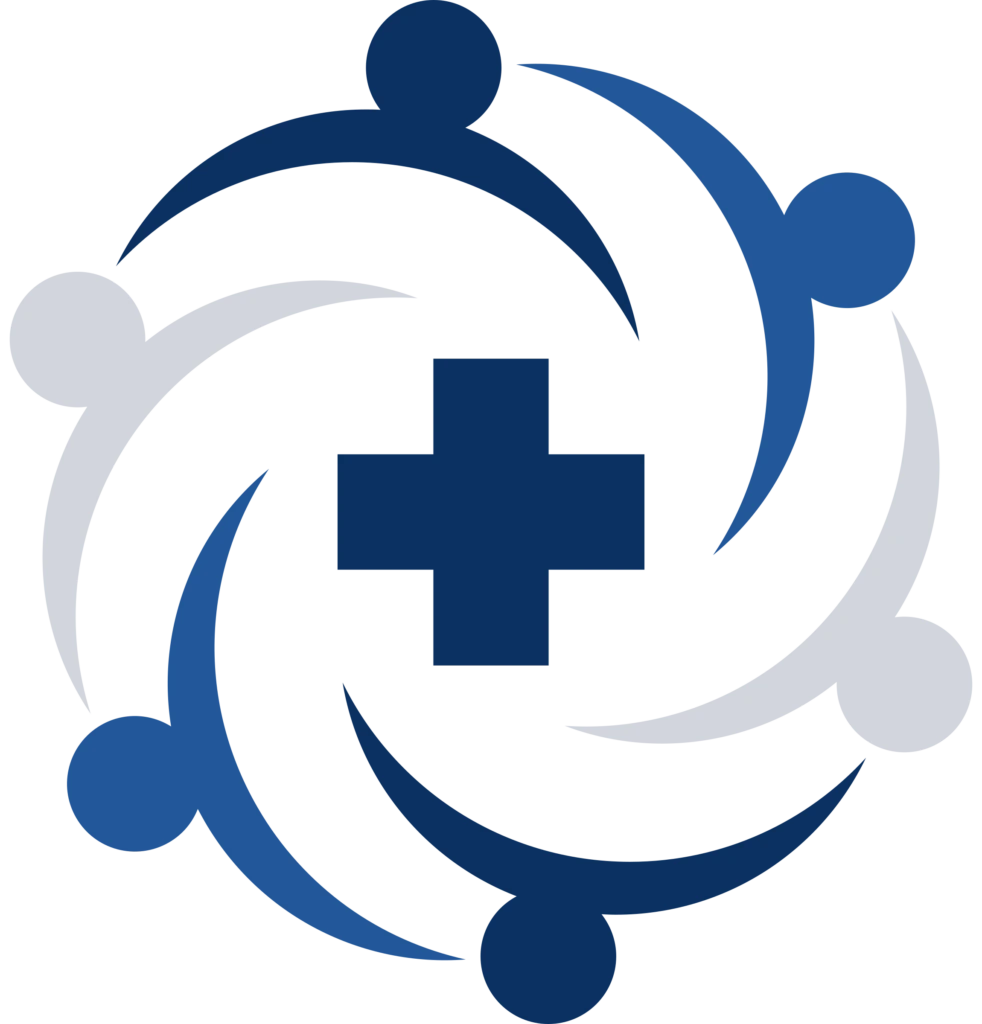
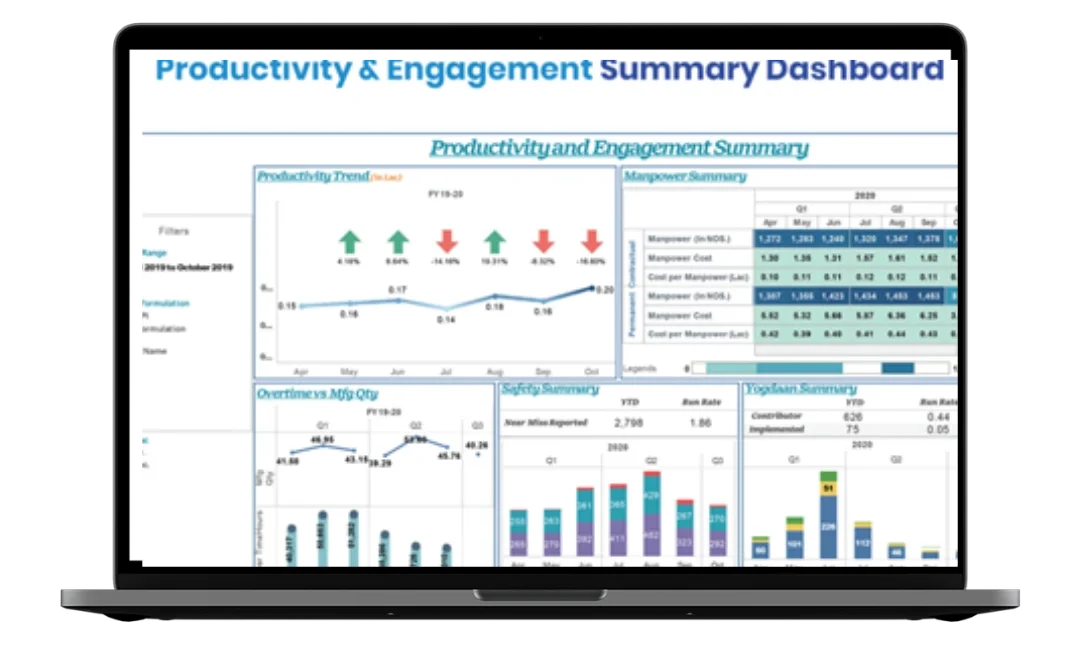
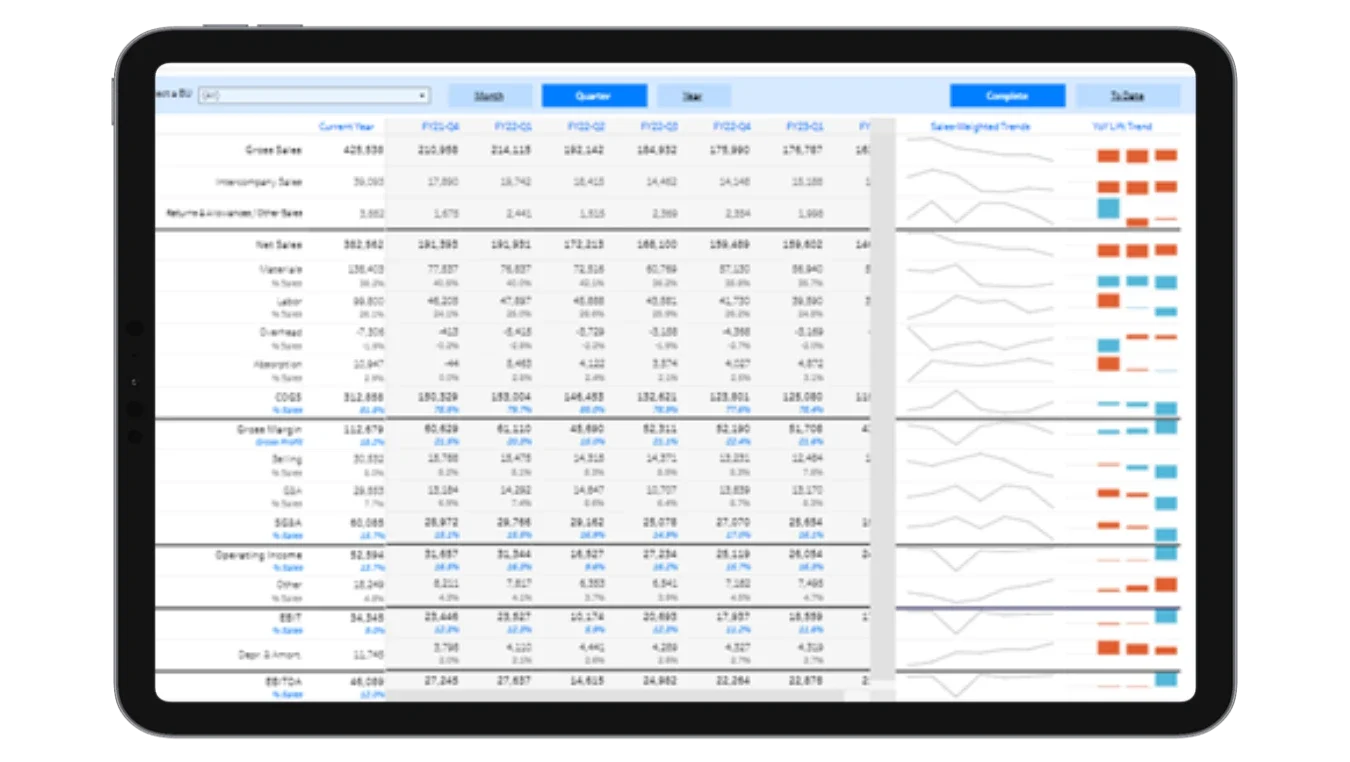
Client Challenges
Our client faced a host of challenges right from hurdles at the technological side and database management to data reporting.
- The databases, cloud sources, and external systems were largely fragmented for each customer making it difficult to consolidate data and dig insights effectively.
- The data redundancy across different databases was making it extremely challenging to store and maintain data efficiently.
- Lack of a centralized system to facilitate seamless data sorting and maintenance.
- Handling, managing, and analyzing large volumes of data from different sources was becoming increasingly challenging.
- Manual reports were generated on Excel which were not only time-consuming to create but also ridden with errors.
How did Maxnet approach this?
After understanding the client’s challenges and areas where they could use our expertise, our strategy was clear – the development of a centralized enterprise data warehouse (EDW).
Here’s how Maxnet approached this.
This case study illustrates how Maxnet implements data centralization and optimizes data intelligence using its enterprise data warehouse (EDW) and business intelligence (BI) solutions.
Development of a Data Warehousing Architecture
We initiated the transformation by designing a scalable Data Warehousing architecture tailored to manage healthcare-specific data. This approach ensures efficient data storage, retrieval, and processing, supporting the unique needs of the healthcare industry while promoting scalability and flexibility for future growth and innovation.
Operational Data Store
We implemented an Operational Data Store (ODS) layer between the data warehouse and source systems to streamline data transformation. This ODS acts as an intermediary, enabling efficient data integration, cleaning, and transformation, ensuring smooth data flow and enhancing the overall performance of the data storage system.
Informatica IICS ETL Tool
Our team leveraged Informatica IICS for ETL processes, automating data extraction, transformation, and loading into the Data Warehouse. By scheduling daily data loads and streamlining data extraction and transformation, we ensured efficient and consistent data integration, optimizing the performance and accuracy of the Data Warehouse.
OLAP Technology
We integrated OLAP technology into our EDW to enhance query processing and data analytics within the Data Warehouse. This implementation supports advanced data analysis, enabling faster decision-making. Additionally, OLAP facilitates ad-hoc analysis and the development of customized reports on demand, providing flexible insights for dynamic business needs and improving overall data accessibility.
Data Security
We took every measure to ensure the highest level of data security for our client’s healthcare data. By implementing robust security protocols in line with FDA regulations, we safeguarded the EDW and Data Warehouse from unauthorized access, manipulation, and data loss. These measures effectively protected sensitive data and ensured compliance with strict regulatory standards.
Power BI and Tableau to Eliminate Manual Reports
Our team utilized reporting tools like Power BI and Tableau to replace manual report creation, streamlining the process. This led to the development of automated, intuitive reports and dashboards, providing valuable business insights. The automation of reporting not only saved time but also empowered decision-makers with accurate, real-time data for informed business choices.
How Did Maxnet’s Healthcare Data Centralization and Intelligence Optimization Benefit Our Client?
- The development of a centralized healthcare data management improved the client’s overall efficiency and decision-making capabilities.
- Improved and made the data transformation and integration processes more effective.
- Our strategic approach improved data integrity and quality assurance.
- We saw a significant improvement in the overall efficiency and productivity in data analysis and reporting tasks.
- As an intermediary layer, the ODS efficiently gathered, refined, and transformed data from databases and external systems, ensuring integrity and quality.
- We upgraded healthcare business reports from old-fashioned Excel sheets to visually appealing ones by using Power BI and Tableau visualization tools.
Ready to reduce your technology cost?
This use case highlights how Maxnet’s strategic intervention and healthcare data centralization efforts transformed our client’s business intelligence capabilities. The seamless implementation of an ODS layer and a centralized EDW coupled with advanced tools including Informatica Cloud, Tableau, and Power BI enabled us to make effective and impactful changes to help our client access valuable insights.
It was clear right from the beginning that the requirements of a healthcare client required robust data integration and advanced analytics, facilitating better decision-making and optimization.

